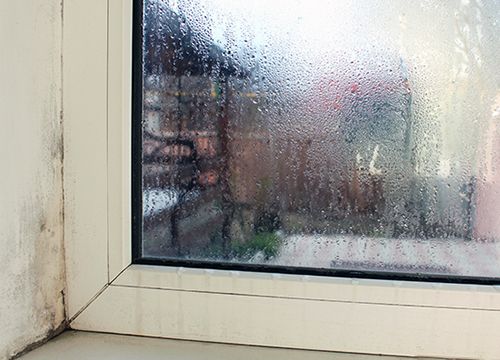Signs Your Home Has Poor Indoor Humidity Levels
Learn the Importance of Controlled Humidity Levels With An Experienced HVAC Technician
Poor indoor humidity levels are more than just a nuisance. If left unchecked for a long period of time, they can also lead to more serious issues in your home. Learning how to identify the signs that you have humidity issues is the first step in preventing expensive repair costs in the future. With the help of a trained HVAC specialist, you can find easy, affordable solutions to fixing these issues and keeping the inside of your home comfortable, regardless of the weather outside.
5 Ways to Tell if Your Home Has Poor Indoor Humidity
If you suspect your home has humidity issues, there are some simple ways you can identify this before having to call in an HVAC specialist. Here are five quick ways to see if your home is experiencing less than ideal humidity levels:
- Foggy bathrooms: Do you find that even with the exhaust fan running, your bathroom is still foggy after taking a shower? This may be a good identifier of larger issues with your home’s ventilation system. If unaddressed for too long, constant humidity issues in a bathroom may lead to mold growth, paint or wallpaper damage and leaking into other parts of the house. The first step you can take is to check the outdoor exhaust and make sure it is not blocked or dirty. Sometimes giving it a simple cleaning is all that is needed to return your system to full functionality.
- Poor sealing: If you notice fogging or condensation buildup around your windows, or air coming in around doors, it is likely an indication that your home is not properly sealed. Particularly in warm, damp climates, this can let unwanted moisture into a house, making it more prone to damage and mold.
- Overly warm: If you find that your home is warmer than it should be, you likely have a larger humidity issue. Sometimes simply checking your AC unit to ensure it is running smoothly can be enough to fix this, or you may need to adjust the settings on your thermostat. But if the issue continues, there could be other reasons for the heat imbalance which will need to be addressed by an expert.
- Air drafts: Another common cause of humidity issues in a house is poor insulation. Whether this is due to cheap windows, shoddy construction, or simply, wear and tear due to age, poor insulation makes it harder for a home to regulate and maintain ambient internal temperature against the conditions outdoors. In the winter, this may lead to drafts and heating issues. In the summer, this can cost you money in electricity bills as the cool air produced by your AC unit simply escapes in the absence of proper insulation and air sealing. These temperature imbalances are the perfect conditions for humidity problems.
- Mold issues: If you notice mold buildup in places such as your bathroom, basement or other areas where temperature fluctuates, it is quite likely you have a serious humidity issue on your hands. If left unchecked for a long period of time, this can quickly grow into both a health hazard and a threat to your home, as spreading mold can lead to costly structural and cosmetic repairs.
One of the best ways to manage your home’s humidity levels is by installing an energy efficient HVAC system, which makes it easier to regulate these factors by carefully controlling internal temperatures year-round. If you think your home is suffering from high or low humidity, we recommend consulting with one of the experienced HVAC experts at Comfort Solutions. Our team brings to every job our extensive knowledge and commitment to customer satisfaction.

Recent Posts

How to Reduce Your Heating Bills this Winter

The Benefits of Seasonal HVAC Inspections

The Pros and Cons of Ductless HVAC Systems

How to Reduce HVAC Noise in Your Home
